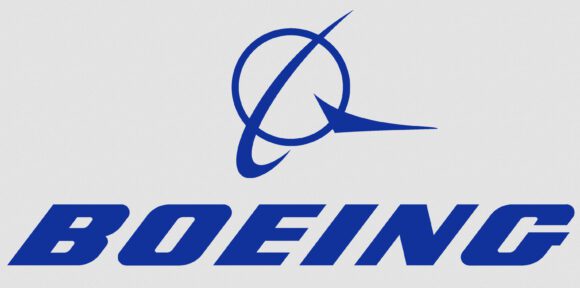This family of aircraft has become the mainstay of Airbus and the industry. The chart below illustrates Airbus deliveries from the outset of the A320 program.

The A320 family has been a blockbuster for Airbus. Airlines and leasing firms have ordered 9,931 single aisle aircraft from Airbus, and through the 3Q13, 5,755 (58%) have been delivered. The backlog of 4,176 aircraft will take nearly 100 months – over 8 years – to deliver at a production rate of 42 per month.
The chart above indicates that among the family variants, the A319 may have peaked, while the A321 is just now coming into its own with a steady rise in demand. We believe several factors are contributing to the trend towards larger aircraft, including the need for better seat-mile costs, as well as because the A319 is seeing competition from more efficient models from Bombardier and Embraer of similar size. The need for a 757 replacement may also be an element in the growing interest in the A321, especially the neo version.
The following chart shows the backlog for the A319 over the last 13 years. It is notable that the A319 program has a negative five orders this year to date, indicating that, even with the neo model, it may have fallen out of favor with airlines. Airlines have generally been buying larger family members.

Narrow-body aircraft are the cash cow for the big two airframe manufacturers, and the following chart illustrates that nearly three-quarters of all Airbus aircraft in service are part of the A320 family. Airbus’ focus on protecting this franchise is quite rational. 74% of Airbus in service aircraft are narrow body, which compares with Boeing’s similar ratio of 73.5%. (In the chart we show 73% for Airbus because we excluded the A318.)

There are two engines available on the A320ceo family. The order pattern suggests that the smaller the aircraft, the more likely it will have a CFM engine, and conversely, the larger the aircraft, the more likely it will have an IAE engine. Overall CFM/IAE have a 57%/43% share of the program.

For the neo, the Pratt & Whitney PW1000G competes with CFM LEAP. (Pratt & Whitney supplied engines for 15 of the 70 A318s sold). Whereas CFM holds a distinct advantage over IAE on the in-service Airbus narrow body fleet, the engine race for neo orders is much more competitive. Yesterday came the much anticipated order from ViveAerobus for 52 A320s (40 A320neo and 12 A320ceo) to replace 737-300s, with the engine order will be announced later. If the airline selects the Pratt engine the switch means both aircraft and engine go to new vendors.
Of the 2,392 neo orders to date, the engine race is about even as the chart illustrates. We expect the race to remain about even as the undecided group announces their engine preferences.

It is quite possible that because the neo has two entirely new engines, this has kept a third of the orders in the undecided bracket, waiting for confirmation of fuel burn and economic data. The other major competitive program, the Boeing 787, by contrast has a clear leader, with GE at 43%, and Rolls-Royce at 25% and undecided at 32%.
The A320neo program currently holds a competitive advantage over the Boeing 737MAX program, as Airbus started a year earlier. While Airbus clearly benefited from its early start, the order patterns are remarkably similar, indicating that the strong competition between Airbus and Boeing will continue.

Although Boeing has made a strong response, it still trails Airbus in orders by 33%, although we expect this gap will likely narrow significantly over the next few years. The competitive order breakdown among models, however, is quite interesting. With a seating advantage of 12 seats in standard configuration, the 8MAX is Boeing’s best selling model at 85%, with only 12% of orders for the -9MAX. By contrast, A321 takes 20% of neo orders, with 78% for the base A320 model.


We believe the smaller segment is going to see less interest, as Bombardier and Embraer offer more efficient models in that segment. We expect to see many of the current smaller segment orders, particularly those from leasing companies, to be converted to the middle segment. In the larger segment, while neither model is a true replacement for the 757, the market perception is that the A321neo is the more capable of the new models, and a better 757 replacement than the -9MAX.
Views: 8



